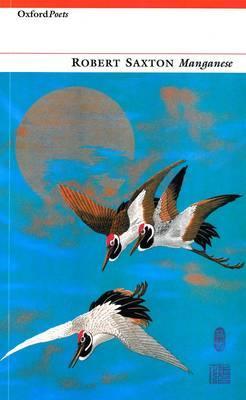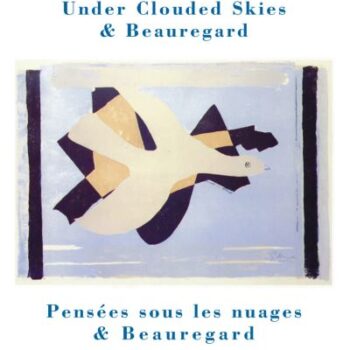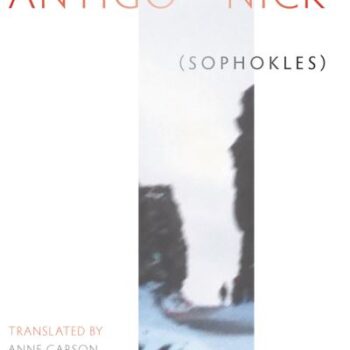Description
Manganese starts with a murder in China in the age of Confucius and ends with a sestina about a difficult family Christmas in front of the television. Plain-spoken narrative is juxtaposed with an enigmatic, densely woven imagery exploring fugitive states of mind. Uniting these extremes is a restless, rhyme-driven craftsmanship, energetic in making new forms as well as in exploiting traditional ones. The focus ranges from landmarks in cultural history, such as the first performance of Nijinsky’s ballet L’apres-midi d’un faune and the first Boy Scout camp, to the poet’s responses to a serious cycling accident. There are versions of ten of Rilke’s Sonnets to Orpheus, following the rhyme scheme of the German, and a section of poems (‘Skywatching’) that combine conventional with consonantal rhyme, often capturing thoughts that travel too fast or too deep for reason.





